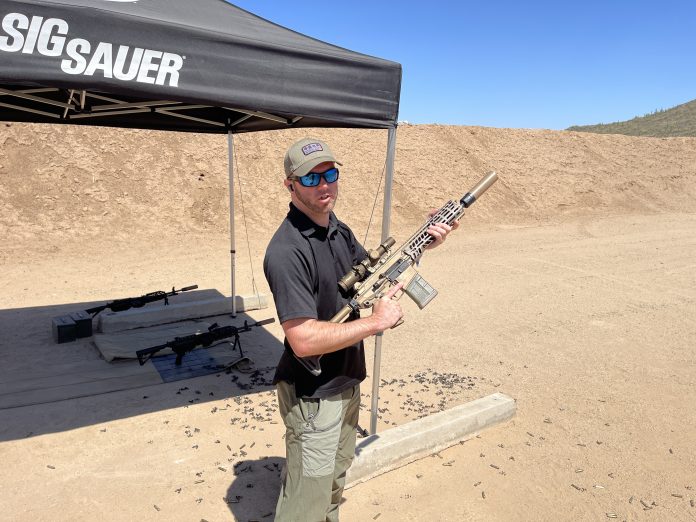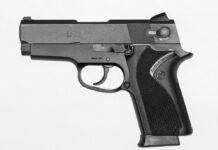
I have to give full credit to a reader for this one, as an infantry Marine it never occured to me because my Geneva classification was combatant. As gun controllers cry about weapons of war on our streets, and in our homes, and assailing our classrooms, the actual written and recognized laws of war have something relevant to say on this issue.
The Hague and Geneva Contentions, along with other international agreements on the proper conduct of warfare, recognize certain weapons that can be issued to types of non-combatants for their personal protection and those under their care. The laws of war recognize certain personal weapons as having a defensive use only.
The individual rifle is considered a defensive weapon under the international articles, rules, and treaties that govern the conduct of war. That is the reason that non-combatant uniformed personnel are allowed to be armed with certain weapons, including a service rifle. You will not see them issued a grenade launcher, rockets, or a belt-fed to support fire and maneuver, only a personal weapon to protect them and those other non-combatants under their charge.
Medical personnel are the largest group of uniformed personnel covered under this, extending to medics, nurses, surgeons, and Corpsman. Certain clergical associated non-combats also carry weapons, although chaplains do not themselves.
Lawfully armed non-combatants.
Personnel who are uniformed and issued a personal weapon for protection. They are not involved in, nor or they legally allowed to participate in, direct offensive operations and the bearing of offensive arms to achieve combat objectives. That is the job of someone like myself, an infantry Marine and legal combatant.
The Corpsman attached to my squad is not there as another rifle for me to use, he or she is there for when someone gets hurt and their rifle is there to protect them and those hurt and under their care. As an infantry squad leader, my rifle, my squad’s rifles, explosives, and machine guns, and my available support from air assets and indirect fire like mortars and artillery, are all my offensive weapons to achieve my mission.
The Corpsman is legally not on my list of assets, they’re essentially just following me around in case of injuries in my squad. They’re right there to begin care should care be needed.
Should they violate the rules regarding the armament and conduct of non-combatants, they lose their protected status under international law and become a combatant.
A Medic or Corpsman carrying and using M249, or a new XM250, in the role that weapon is normally employed would violate the rules since that weapon is for offensive use. That same Medic or Corpsman using their issued personal rifle, or a soldier under their cares issued weapon to protect that soldier or soldiers from harm in their injured status, would not violate those rules. The use of the issued weapon or the use of weapons from a troop under their care in a specific manner would not make them a combatant.
In short, the personal rifle is recognized as a defensive weapon under international law. Even if it is an “assault rifle” by definition. Grenade launchers, belt-fed machine guns, man portable rockets, and crew served weapons all fall under offensively recognized weapons, but sidearms and personal rifles are defensive.
Federal and State law enforcement use the AR as a defensive weapon. International military law protects the personally issued rifles, including fully automatic ones, and sidearms of non-combatants as defensive weapons. So if we are to believe the actual laws of war, the rifle is a completely legitimate weapon of defense for non-combatants.



